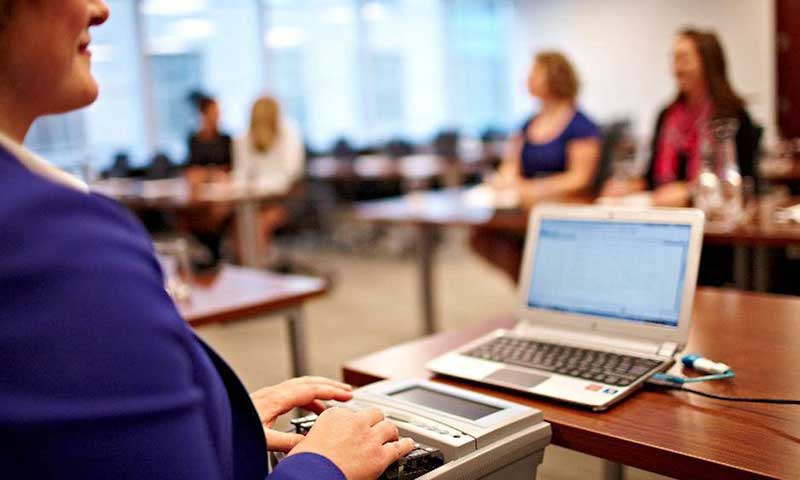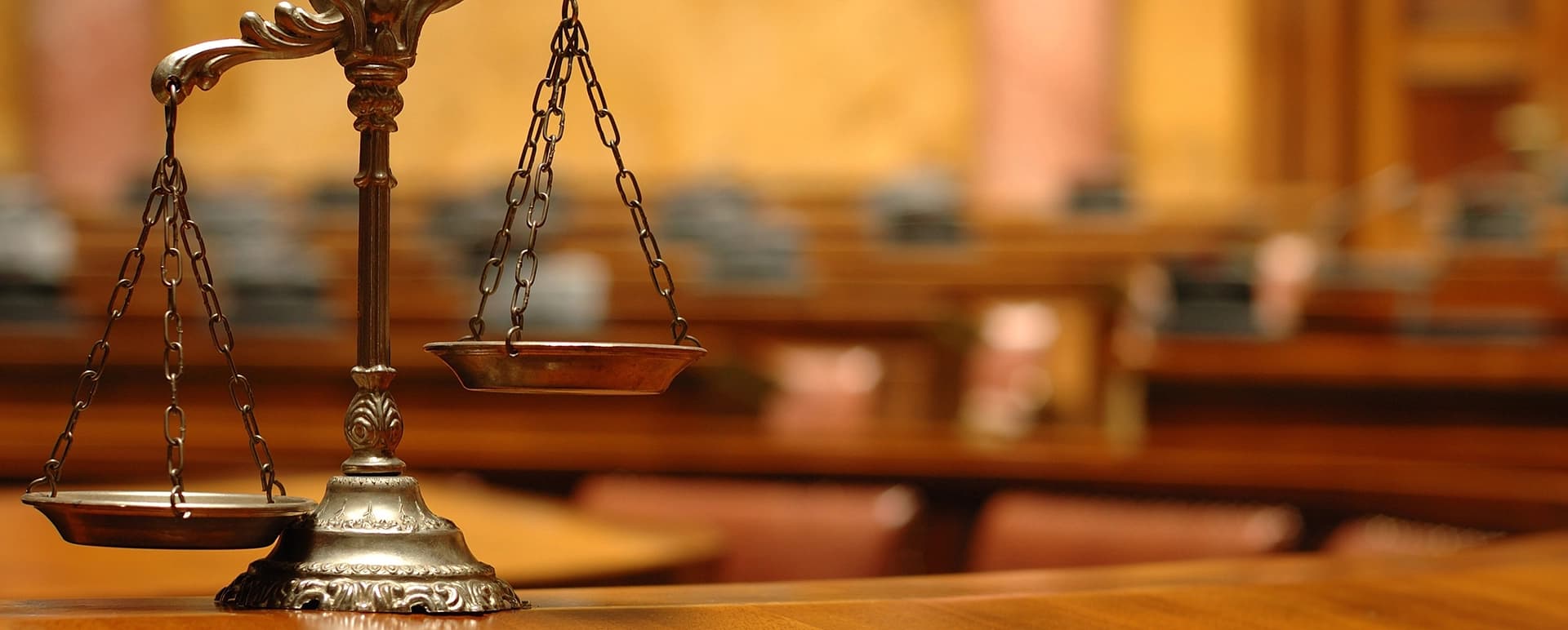Trial Presentation Simplifying Complex Evidence for Jury Understanding
Wiki Article
Captivate the Court: Essential Aspects of a Powerful Test Presentation
Essential components such as understanding the audience, crafting an engaging narrative, and mastering spoken and non-verbal communication are vital parts of an effective discussion. As these variables intertwine, they form a natural strategy that not only notifies yet likewise engages jurors on multiple levels.
Understanding Your Audience
Recognizing your target market is a crucial facet of effective trial presentation. A successful discussion hinges on the capacity to grasp the demographics, worths, and predispositions of jurors. This comprehension notifies just how disagreements are mounted, proof exists, and psychological appeals are crafted, making certain that the message resonates with the jurors on a personal level.Study shows that jurors come from diverse histories and may have differing degrees of comprehending relating to legal procedures. In addition, comprehending the jurors' possible prejudices and life experiences allows the test presenter to anticipate arguments and address problems proactively.
Reliable trial presentation additionally includes observing jurors' responses during the process. Involving with jurors as individuals instead than a cumulative system is essential in cultivating a strong connection in the courtroom.

Crafting an Engaging Narrative
Crafting a compelling narrative is essential in assisting jurors via the intricacies of an instance. A well-structured story not just simplifies complex legal concepts but also involves jurors on an emotional level, making the details a lot more relatable and remarkable.This message needs to resonate with the jurors' values and experiences, fostering a connection that transcends simple realities. This chronological technique can aid jurors follow the development of events, emphasizing reason and impact.
Incorporating human aspects-- such as individual stories or narratives-- can additionally enhance the narrative's influence. These elements stimulate empathy, enabling jurors to visualize the repercussions of the situation on the real worlds. In addition, using a regular style throughout the discussion strengthens the major disagreement, making it easier for jurors to keep important points.
Inevitably, an engaging narrative transforms a trial discussion from a plain address of truths right into an influential tale that mesmerizes the jury, motivating them to mull over with both factor and emotion.
Using Aesthetic Aids
Including visual help right into a test presentation can dramatically boost jurors' comprehension and retention of info. Aesthetic products such as charts, diagrams, photos, and videos can transform intricate legal concepts and proof into conveniently absorbable formats. By engaging several senses, these aids enable jurors to imagine the case's crucial components, making it less complicated for them to comply with along and understand complex information.
Furthermore, well-designed aesthetic aids can stress crucial points and highlight partnerships between different pieces of evidence. As an example, timelines can successfully show the sequence of occasions, while annotated pictures can make clear particular information relevant to the instance. This not just aids in understanding yet likewise enhances the narrative provided by the lawyer.
Extremely complicated or cluttered visuals may bewilder jurors and take away from the message. Ultimately, effective aesthetic interaction can be a powerful device in encouraging jurors and aiding them get to educated verdicts.
Mastering Verbal Interaction
Efficient verbal communication is vital in a trial discussion, as it functions as the main ways whereby attorneys share their debates and attach with jurors. Mastering this ability includes quality, persuasion, and involvement. Lawyers need to articulate their points plainly and briefly, preventing legal lingo that might perplex jurors. Simpleness in language cultivates understanding and assists jurors realize complex problems presented during the trial.In addition, tone and pacing dramatically effect exactly how messages are obtained. A confident tone communicates authority, while proper pacing enables jurors to take in info without really feeling overwhelmed. Lawyers must likewise differ their singing inflections to stress bottom lines and maintain jurors' rate of interest throughout the presentation.
Additionally, the company of spoken disagreements is essential. Structuring the narrative realistically and coherently helps jurors adhere to the attorney's logic, making it much easier for them to maintain important details. Using convincing methods, Read Full Report such as storytelling, can also enhance the emotional resonance of the disagreements offered, consequently creating an extra extensive connection with jurors.
Inevitably, mastering spoken communication not just reinforces an attorney's instance but additionally cultivates depend on and see it here rapport with the jury, considerably improving the chances of a desirable decision.

Involving With Body Language
Nonverbal interaction plays an essential function in trial discussions, often conveying messages that words alone can not share. Body language, encompassing motions, stance, faces, and eye contact, considerably affects how jurors view the trustworthiness and sincerity of the presenter. A confident stance, with shoulders back and an open stance, can impart trust fund, while closed-off body language may suggest defensiveness or uncertainty.
Faces ought to mirror the feelings related to the case, strengthening the story existing. An honest expression throughout a touching minute can evoke compassion and enhance the emotional appeal. Ultimately, understanding body language is crucial for effective test presentations, as it improves spoken communication and develops a compelling presence that resonates with the court.
Conclusion
To conclude, mesmerizing the jury requires a tactical strategy that encompasses comprehending the audience, crafting a compelling narrative, making use of aesthetic aids, grasping spoken interaction, and involving via body movement. Each aspect plays an important role in producing a powerful test discussion that reverberates with jurors on both psychological and intellectual degrees (trial presentation). By incorporating these elements effectively, lawyers can substantially enhance their capability to convince and influence jury decision-makingReport this wiki page